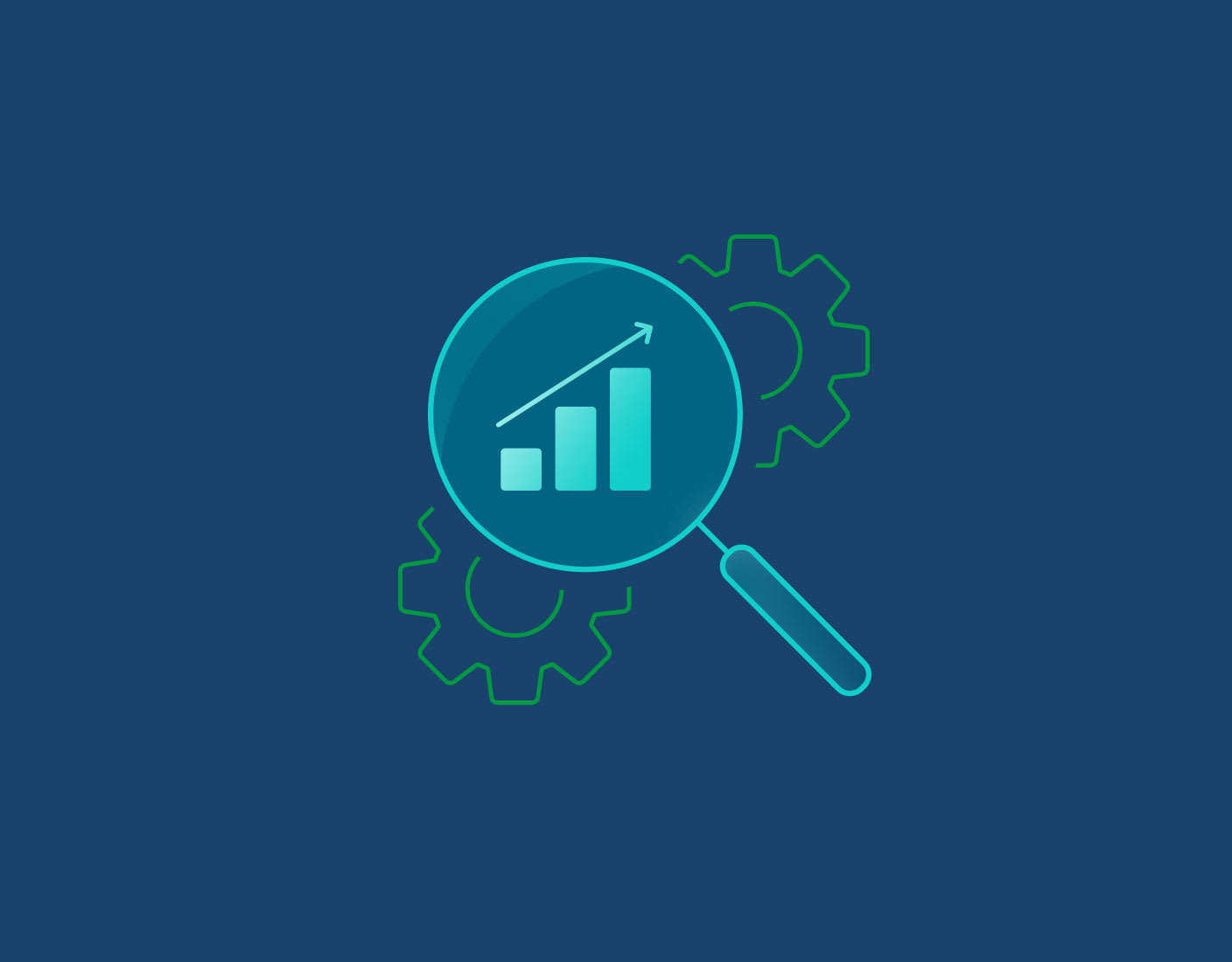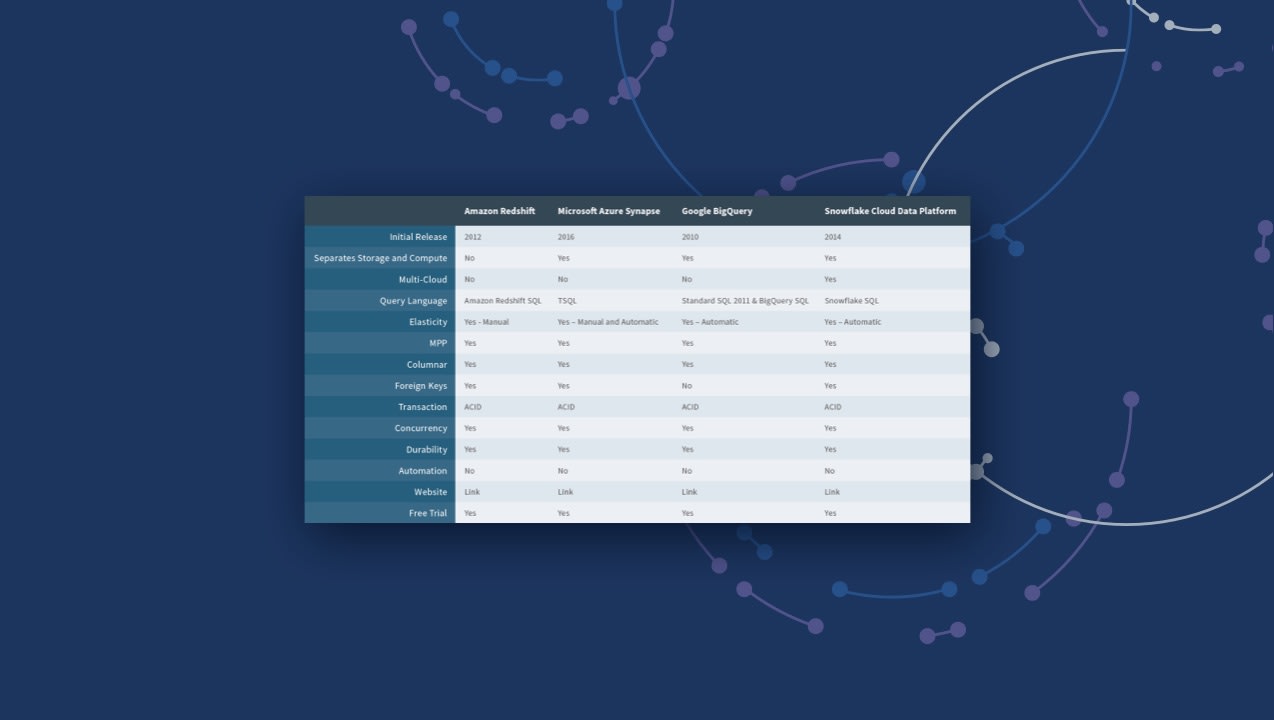Building and maintaining a data warehouse can require hundreds or thousands of ETL tool programs. As a result, building data warehouses with ETL tools can be time-consuming, cumbersome, and error-prone — introducing delays and unnecessary risk into BI projects that require the most up-to-date data, and the agility to react quickly to changing business demands. Purpose-built for data architects, Qlik Compose® is an agile data warehouse automation and transformation platform that eliminates the need for conventional ETL tools by automating repetitive, labor-intensive tasks associated with ETL integration and data warehousing.
Qlik Compose enables ETL automation—freeing you from error-prone manual coding—and it automates the entire data warehousing lifecycle from design and development to impact analysis and change management. Our solution automatically generates the ETL commands, data warehouse structures, and documentation necessary for designing, building, and maintaining your data warehouse program, helping you save time, reduce cost, and reduce project risk.
Moreover, through seamless integration with Qlik Replicate®, our real-time event capture and data integration solution, our platform enables real-time ETL by combining real-time source data integration with automated ETL generation—and supports the widest ecosystem of heterogeneous data sources including relational, legacy, and NoSQL data stores.
Additionally, Qlik Compose enables real-time data warehousing that can be deployed on Amazon Redshift. With our integrated Qlik Replicate solution, enterprises can relay incremental source updates with continuous change data capture technology to deliver real-time big data analytics in the Cloud.

















































